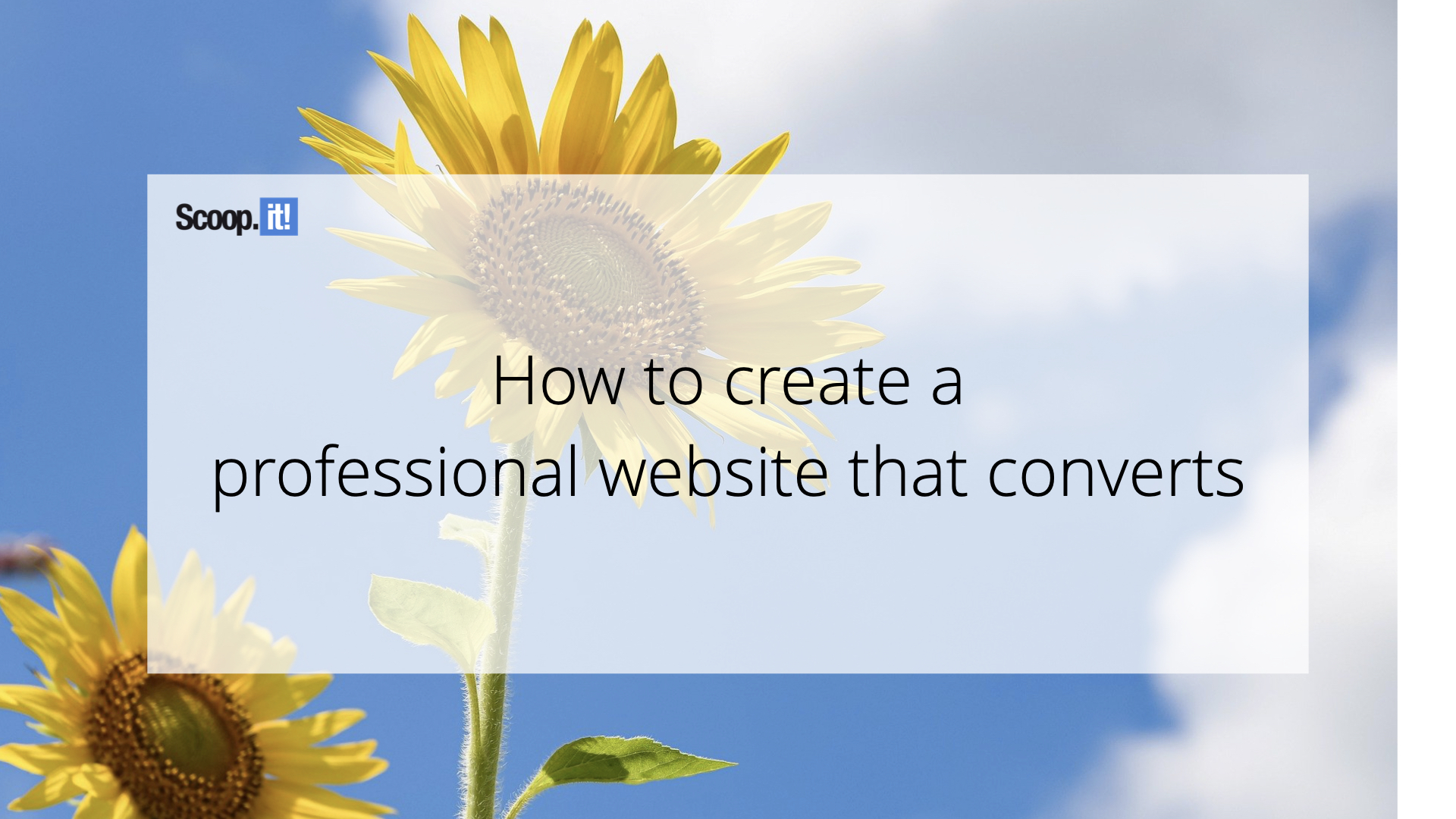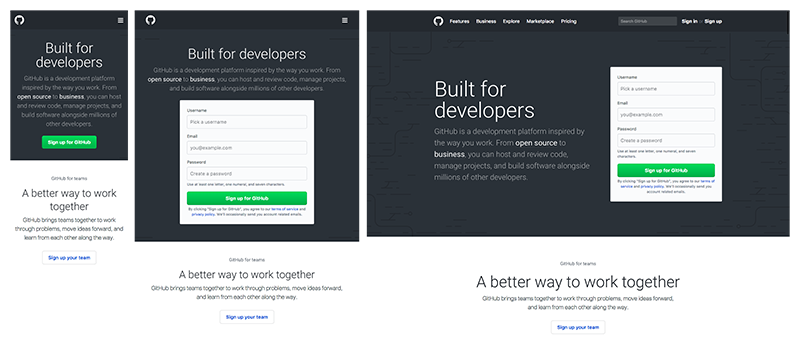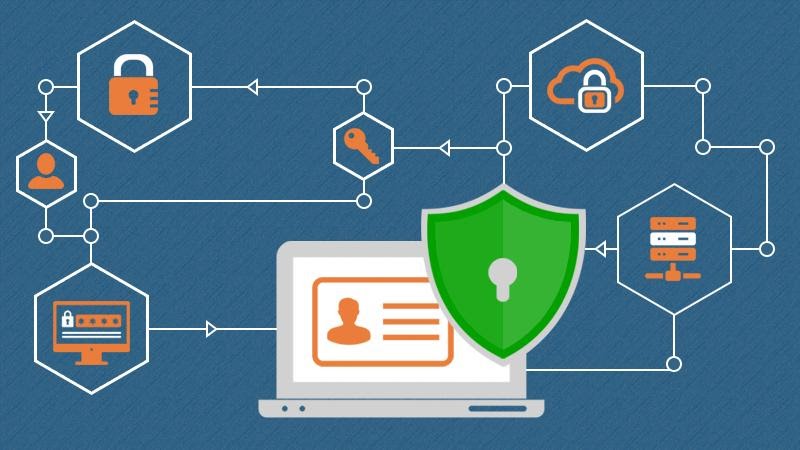
To create a website that converts, one needs to have a definitive goal as to what they want to do.
Instead of choosing an attractive and costly website theme, it is better first to assess the reason behind your website’s existence.
Once you know what you want to achieve, you can choose your theme, design, colors, and content accordingly.
Estimates show that a user only takes 0.05 seconds to judge your website.
So, if you are looking to make a first impression through graphics and colors well, you won’t get much time to impress.
Then, how should you impress and convert them into your customers?
Well, here are seven tips to help you convert them:
7 tips for creating a professional website that converts
1. Have a solid base
A solid foundation is critical for the success of any website.
You don’t want your customer to bounce back after witnessing your website crash. Not only will it bring your search rankings down but, the witness won’t ever come to your website again.
Thus, it is best to invest in a trusted hosting service provider.
But it would be best if you chose them after viewing their reviews and ratings by their previous customers.
2. Get your web design done right.
Source – https://s3.amazonaws.com/www-inside-design/uploads/2018/02/github-responsive-web-design.png
Just because you have got only 0.05 seconds to make a first impression does not mean that your design holds any less importance.
It is still critical for visitors who will scroll through your website to know more about you.
However, it would be best if you did not make it fancy and complicated. The simpler the web design is, the better impression it makes on the visitors.
Ensure that the color combinations in your web design resonate with your brand. In other words, your web design should complement your brand.
3. Secure your website with an SSL certificate
Source – https://www.ssl2buy.com/wiki/wp-content/uploads/2018/10/ssl2buy-ssl-certificate-security.jpg
A Secure Socket Layer or an SSL certificate is a security technology used to encrypt the information transfer between a client and a web server.
SSL uses Public Key Infrastructure that passes the data through a secure network keeping hackers at bay.
You can buy SSL certificate in two forms: a regular single-domain certificate and a wildcard certificate.
· Regular Certificate- A regular SSL certificate is generally used by sole proprietors with a static website that does not need to change. These certificates can only protect a single domain or subdomain.
· Wildcard Certificate – A wildcard SSL certificate is generally used by large brands who wish to secure their primary domain and multiple first-level subdomains. The best part about wildcard certificates is protecting multiple subdomains and the primary domain to level 1 by using a single SSL certificate. However, wildcard certificates only come with DV (Domain Validation and OV (Organization validation). EV is absent in wildcard certificates.
So, choose the SSL certificate that suits the requirements of your business.
4. Keep your website running 24×7
Like you cannot shut down your store in the middle of the day. Similarly, you cannot afford your website to shut down.
The key factors that lead to a website crash are software updates, malfunctioning plugins, poor hosting service, and a cyberattack.
It would be best if you prepared for all these factors beforehand. Keep your CMS software updated at all times and remove unwanted plugins from your website.
Moreover, get a web application firewall and an SSL certificate to keep your security tight and impenetrable.
By keeping track of all these factors, you can keep your website up and running at all times.
5. Arrange essential information appropriately.
You don’t want to keep your customers in a baffled state even for a second, which is why you have to place the important stuff in the right places strategically.
Generally, Footers and Sidebars are the areas on display. You must fill them with essential data such as contact us, product and service information, etc.
Most customers don’t want to search for these tabs and expect you to attach them to your menu bar.
So, analyze the strategic importance of every tab and place them accordingly.
6. Keep your main goal in the back of your head.
Sure, you want to offer the best experience to your visitors by simple design, secure communication, and arranged information but, your main goal is not confined to that.
You may want your visitors to sign up for your newsletter or purchase your product. Whatever it is, you must know the purpose of your efforts.
To comply with your goal, you can include relevant call to action buttons in strategic places so that you can drive conversions.
A call to action can be a “Buy Now” or a “Click to know more” button, which assists the user in taking further steps.
7. Have an email list in place
Emails are by far one of the most effective marketing channels. Through emails, you can contact a customer personally and let them know about your services and products.
The best part about email marketing is that it comes across as a genuine way to reach your customers.
Unlike ads which can sometimes be spammy, emails come across as a professional way to communicate with customers.
So, if you have an email list in place, you can market yourself in numerous ways. From how-to guides to free video courses, emails can help you drive conversions.
To Conclude
To drive conversions to a site, one needs to build it well. It should guarantee a safe visit to customers, away from cybercriminals.
Search engines like Google also rank those sites that can guarantee safety to their users, which is why having an SSL certificate, firewall, and updated CMS software is necessary.
But that is not all. Apart from thinking for customers and search engines, one needs to think about themselves as well.
The purpose of your website must be clear in your head, and you must market yourself to the public accordingly.
Call to action and allocation of the critical information to the sidebar and footer is equally essential.
So, consider these seven steps given above to help your site convert leads into customers.



